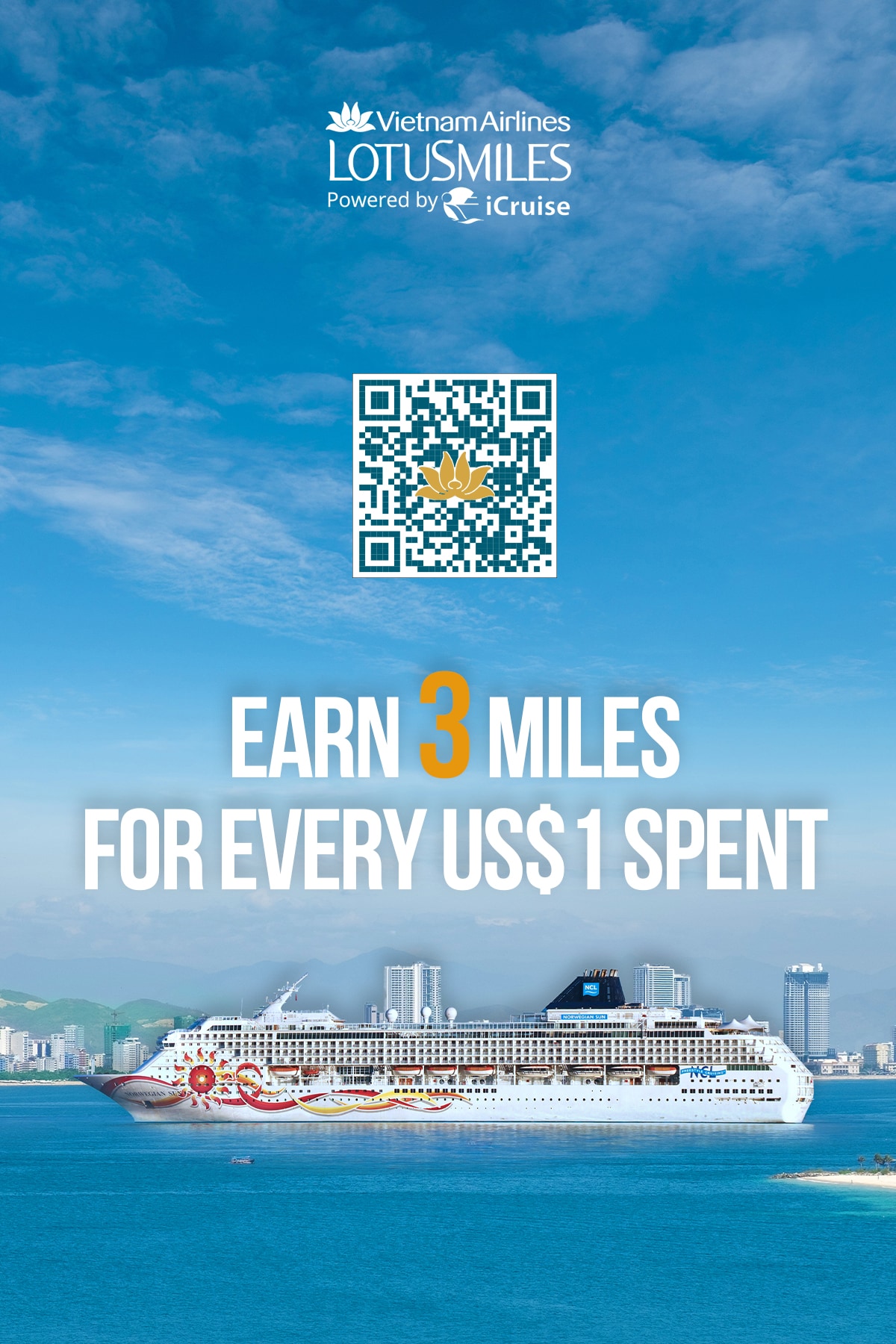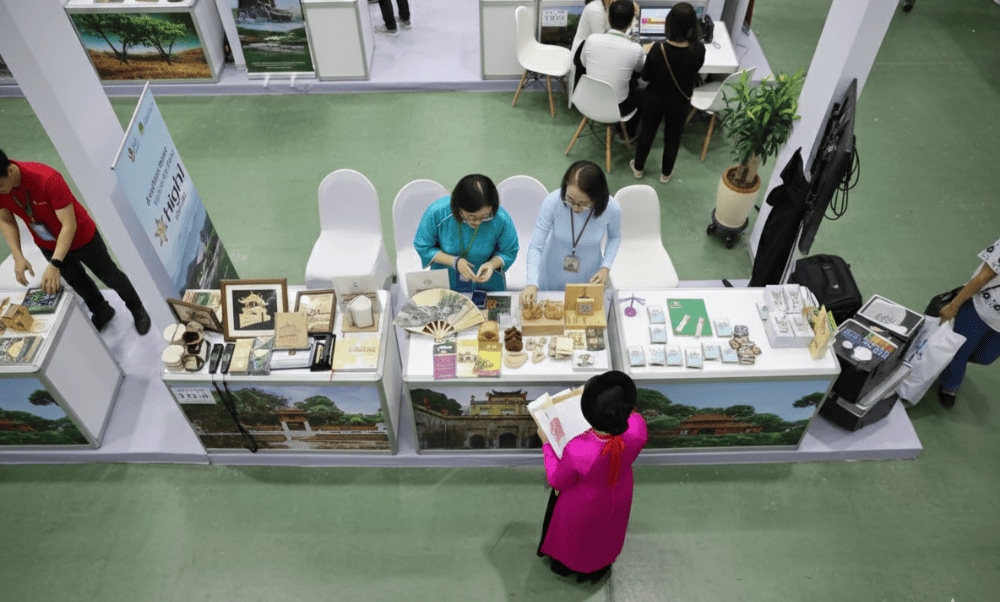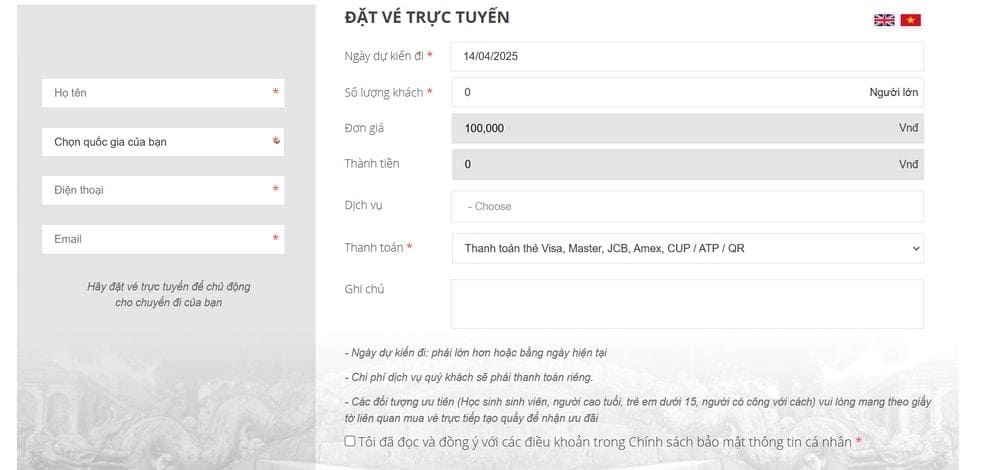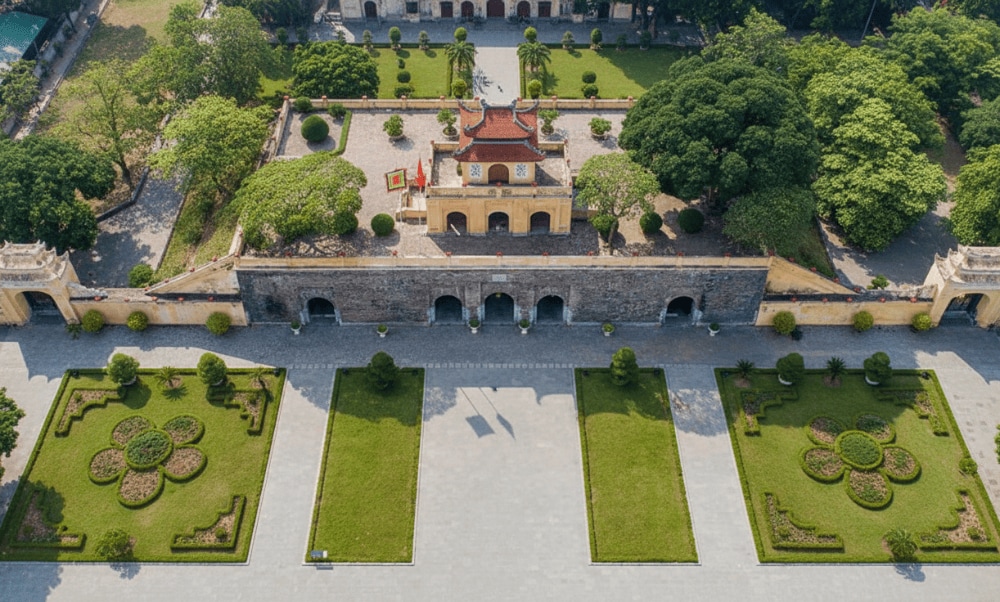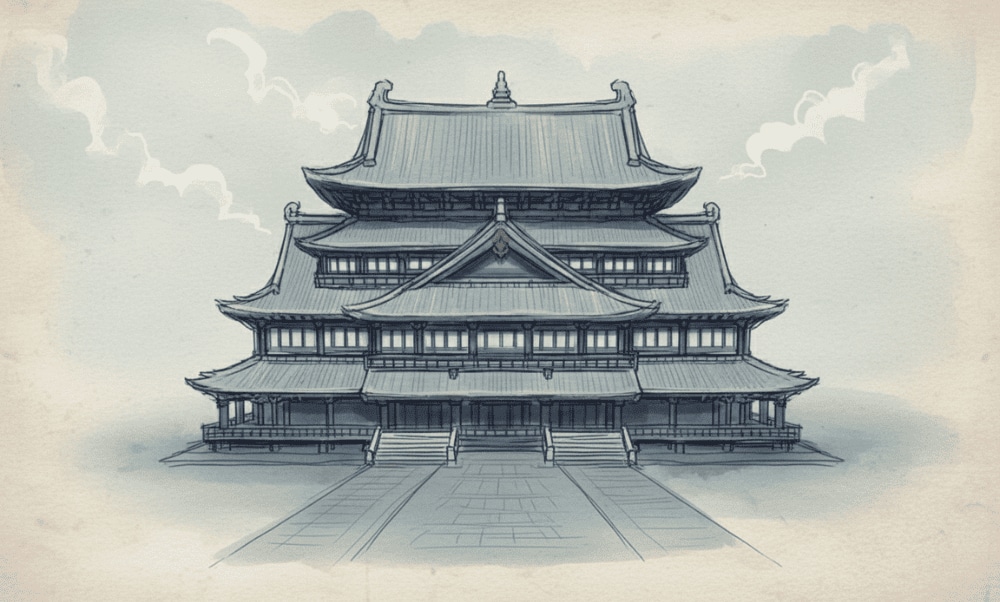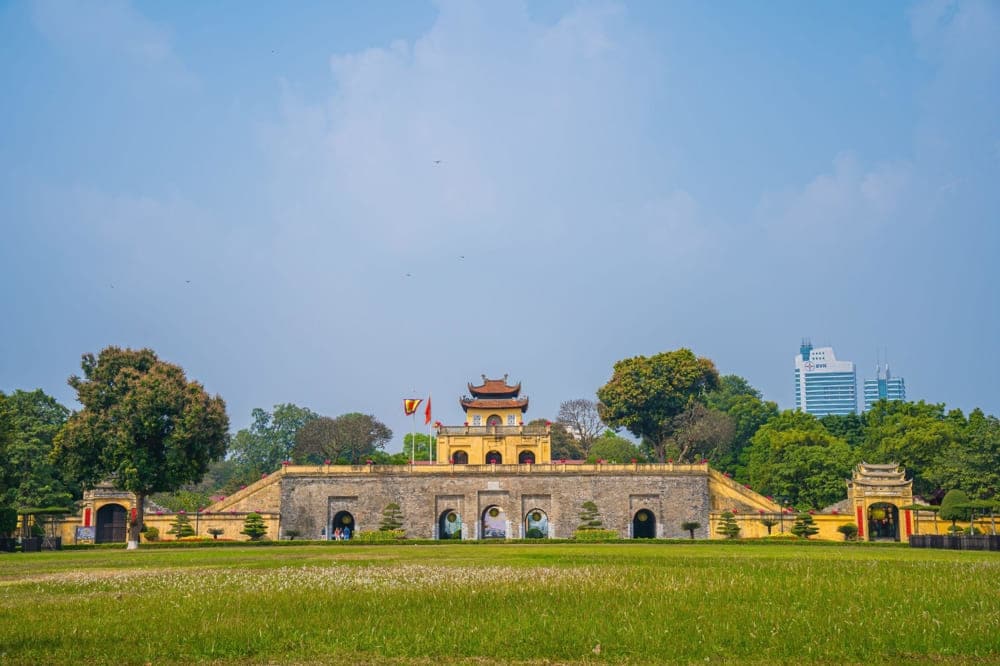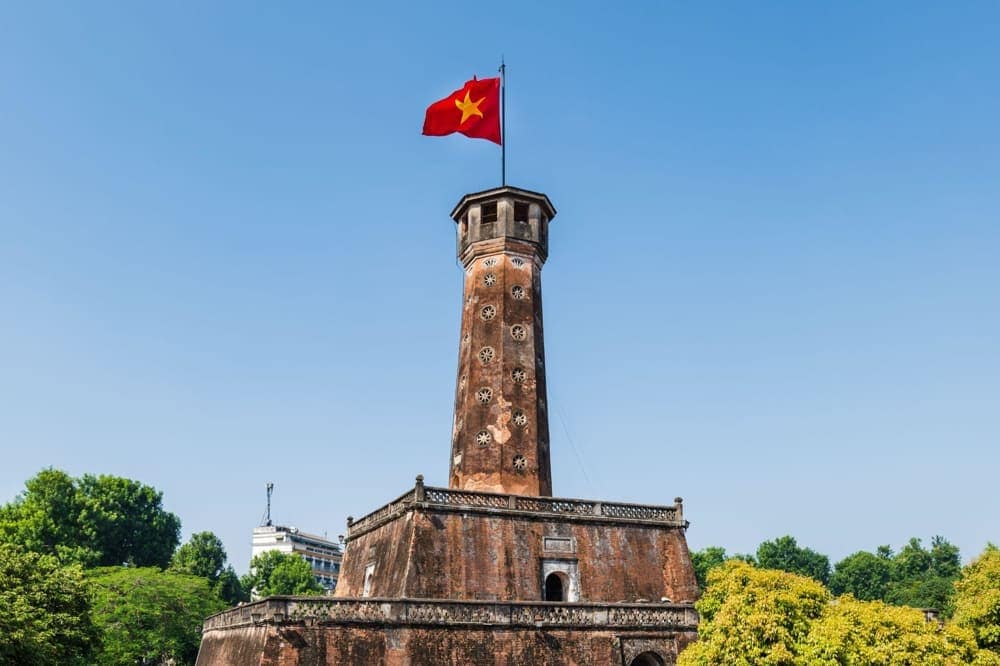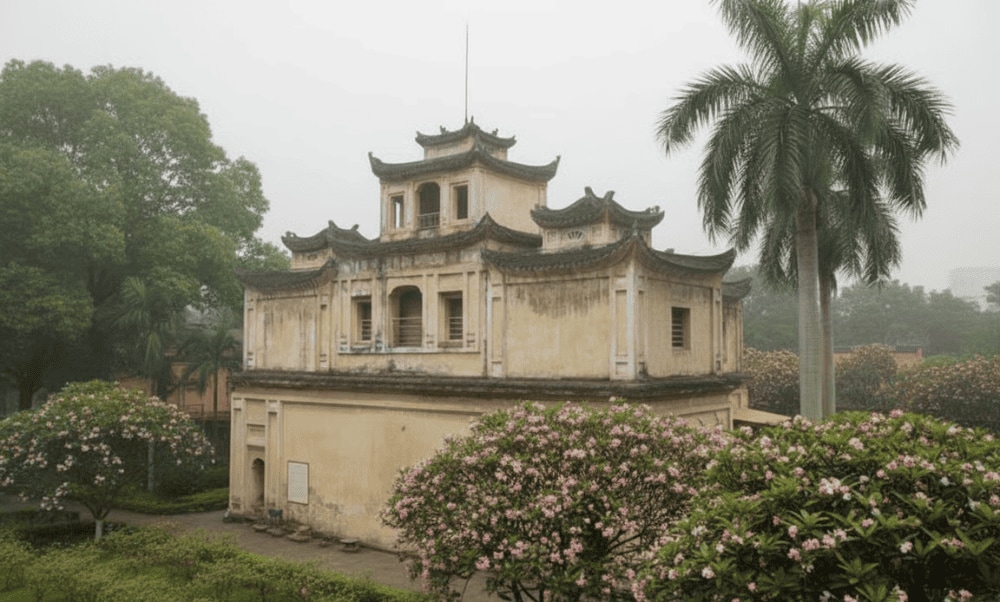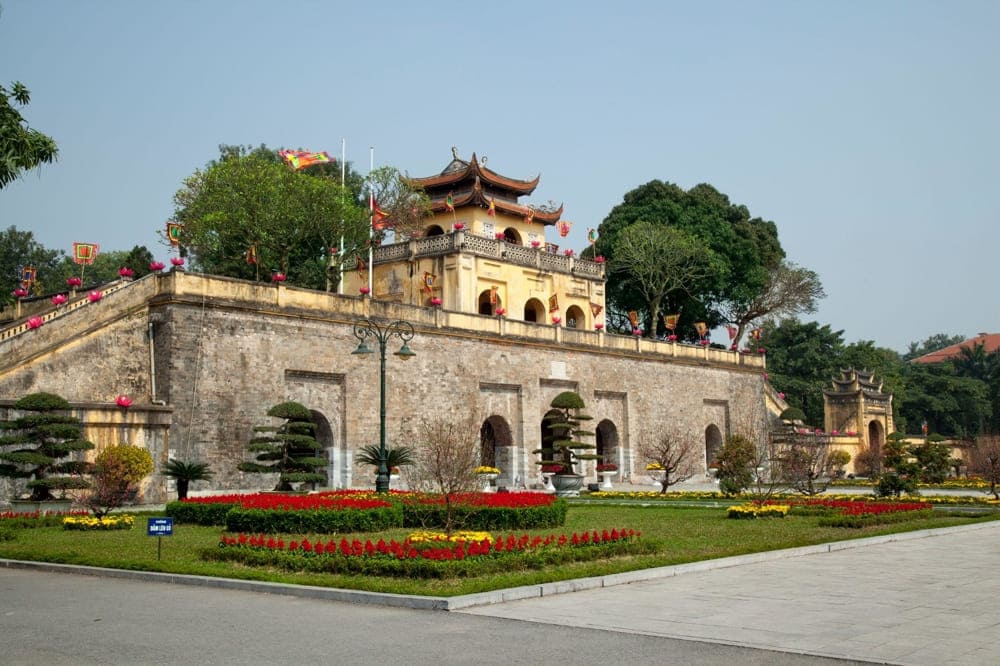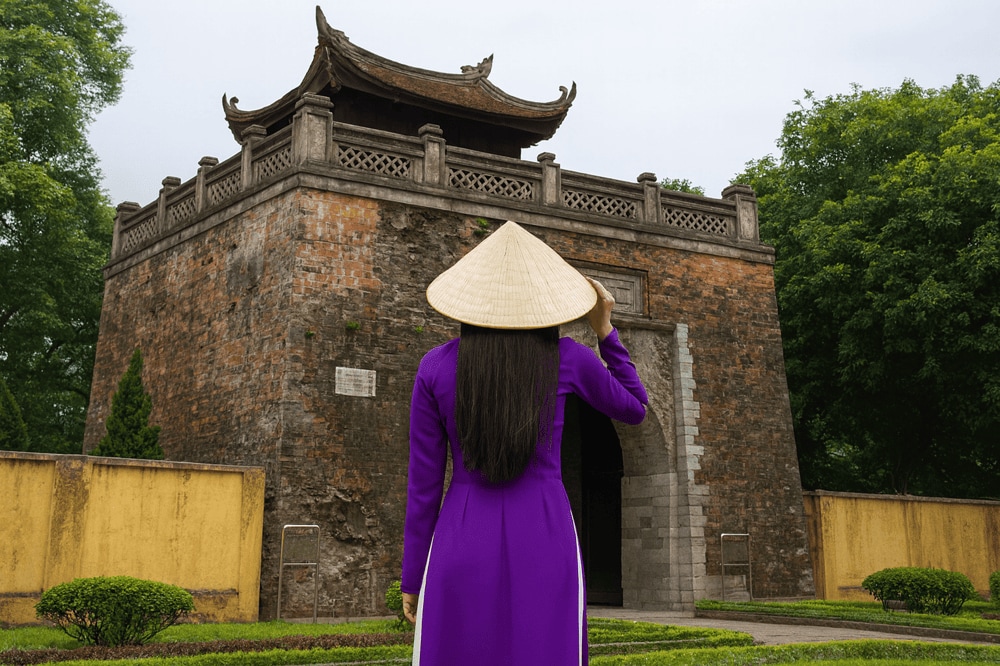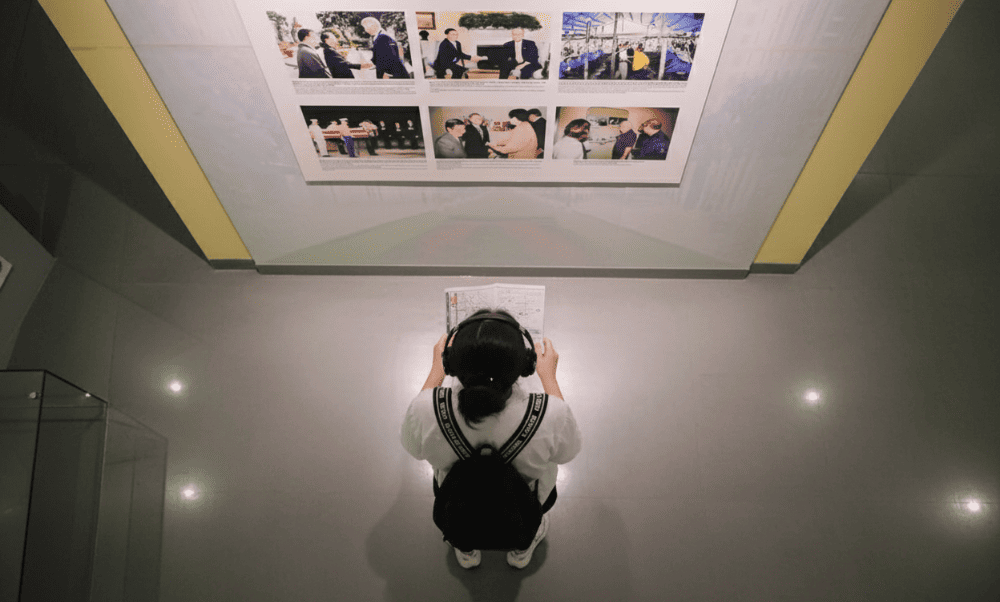The airport has 3 operational runways, capable of accommodating wide-body aircraft and the largest sizes (Source: Internet)
2.2. Passenger terminals
Hong Kong International Airport (HKIA) is currently operating one main passenger terminal, Terminal 1 (T1), combined with midfield and satellite concourses to serve increasing operational demands. Additionally, Terminal 2 (T2) is also being expanded on a large scale, expected to enhance passenger reception and distribution capacity in the coming period.
TERMINAL T1
With a total area of 570,000m², Terminal T1 currently serves as the pillar in operational activities at Hong Kong International Airport, capable of serving up to 61 million passengers annually.
General information:
- Area: 570,000m²
- Number of check-in counters: 369 traditional procedure counters and over 100 self-service check-in kiosks
- Boarding gates: 77 gates with jet bridges, 11 gates as assembly points
Terminal structure and main areas:
- Floors 1 and 2: Airline offices, where technical and flight operations are conducted
- Floor 3: Connected to Chek Lap Kok Airport Shopping Center, concentrating many retail stores, restaurants, cafes, and banks
- Floor 4: Boarding gate area and connection point to SkyPier passenger ferry terminal to Chinese coastal cities
- Floor 5: Arrival hall area where passengers collect baggage and complete customs procedures
- Floor 6: Y-shaped departure waiting area
- Floor 7: Departure hall and pre-flight procedures
- Floor 8 (Mezzanine): Mezzanine floor with rich dining options and open spaces
Part of the interior space of Terminal T1 (Source: Internet)
In addition to the main areas, Terminal T1 has 2 expansion areas: the midfield concourse and satellite concourse.
MIDFIELD CONCOURSE
Located west of Terminal T1, the midfield concourse primarily serves wide-body aircraft with an estimated operational capacity of 10 million passengers annually. This area is fully equipped with services such as duty-free shops and fully-equipped lounges. Passengers from Terminal T1 will use the Automated People Mover (APM) system to reach the midfield concourse.
Subway train connecting Terminal T1 with the midfield concourse (Source: Internet)
SATELLITE CONCOURSE
The T1S satellite concourse is a new facility put into operation to serve exclusively flights using narrow-body aircraft with an estimated capacity of 5 million passengers annually. The concourse is designed with 2 separate floors and arranged with 10 jet bridges. Passengers from Terminal T1 can walk across the Sky Bridge within 8 minutes to reach the satellite concourse.
Sky Bridge connecting Terminal T1 with the satellite concourse (Source: Internet)
TERMINAL T2:
Terminal T2 is currently temporarily closed for expansion upgrades costing 12.9 billion HKD and will reopen in phases, expected to begin from September 2025. The upgrade items include:
- Phase 1 (September 2025): Opening of indoor bus terminal. Moving ticket counters and pickup points from Terminal T1 along with some parking areas to Terminal T2
- Phase 2 (early Q2/2026): Opening of check-in area with 56 counters
- Final phase (2027): Opening of the entire T2 departure area
According to plans, Terminal T2 will consist of 6 floors, connected to Terminal T1 by internal APM trains.
Perspective of Terminal T2 expansion project (Source: Internet)
2.3. Notable services and amenities
Not just a transportation point, Terminal T1 is also a place that provides convenient and pleasant experiences for passengers with a rich service system:
- Shopping, dining: SkyMart area (Floor 5) gathers hundreds of duty-free and retail stores, from luxury brands like Chanel, Hermès to affordable brands; over 60 restaurants, cafes, and snack bars serving diverse Asian-European cuisine
- Rest, relaxation: Transit hotel, airport lounges, private bathrooms, massage areas, and dining services. Additionally, near gates 20 and 23, there are public rest areas and free bathrooms for passengers
- Connectivity and digital support: Free Wi-Fi covering the entire terminal, along with mobile device charging stations located at many convenient positions
- Other amenities:
- Bank ATMs, Travelex and Global Exchange currency exchange counters
- Baggage storage service
- Nursing rooms
- Prayer rooms and designated smoking areas
- Lost & Found office operating 24/7


